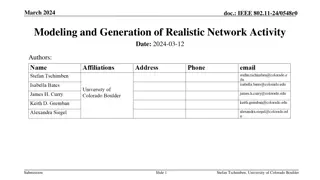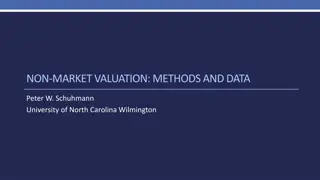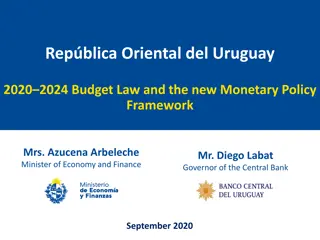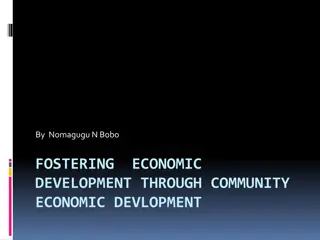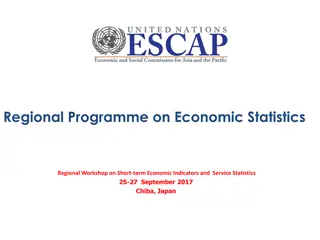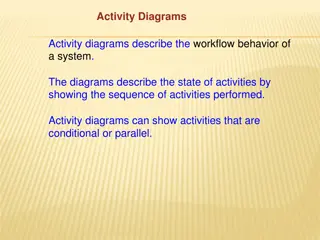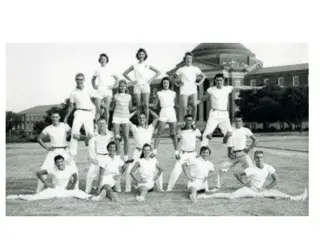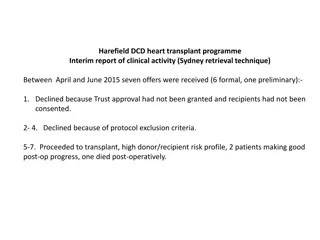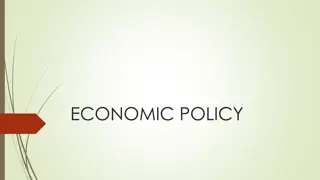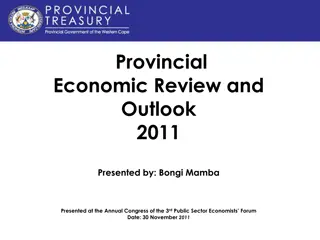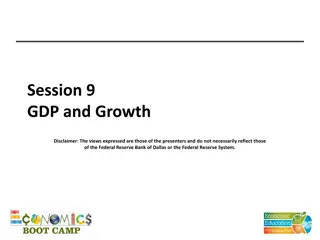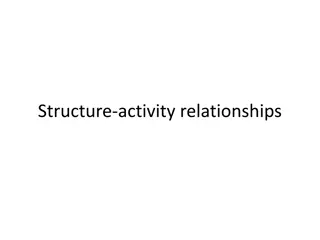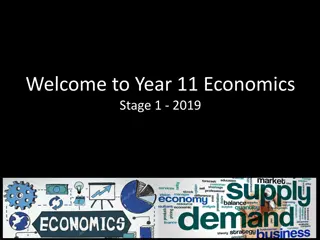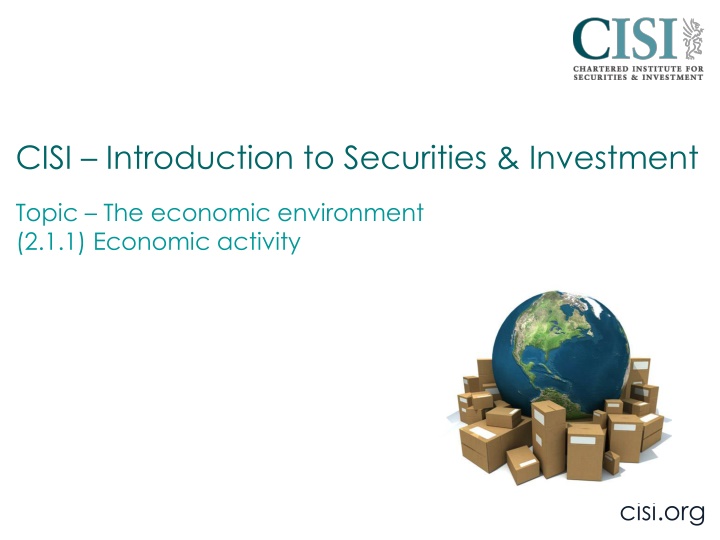
Factors of Production in Economic Activity
Explore the factors of production in economic activities, including land, labor, capital, and enterprise. Learn about the different types of economies and who controls the factors of production, advantages, disadvantages, and implications. Understand the role of government, private sector, and workforce in managing these crucial elements for economic success.
Download Presentation

Please find below an Image/Link to download the presentation.
The content on the website is provided AS IS for your information and personal use only. It may not be sold, licensed, or shared on other websites without obtaining consent from the author. If you encounter any issues during the download, it is possible that the publisher has removed the file from their server.
You are allowed to download the files provided on this website for personal or commercial use, subject to the condition that they are used lawfully. All files are the property of their respective owners.
The content on the website is provided AS IS for your information and personal use only. It may not be sold, licensed, or shared on other websites without obtaining consent from the author.
E N D
Presentation Transcript
CISI Introduction to Securities & Investment Topic The economic environment (2.1.1) Economic activity cisi.org
Factors of Production There are four kinds of inputs in any economic activity. These are used to satisfy the needs of consumers: Land Labour The workforce: Skilled workers Unskilled workers Mixture of skilled and unskilled workers Physical space required: Fields for agriculture Factory for manufacturing Shop for retail Office space Enterprise Capital The know how , knowledge or ability to use the other three factors of production. Money invested in plant and equipment required: Production machinery Computer equipment cisi.org
Managing the Factors of Production Questions/ Economy type economy (Soviet Union) Planned Market economy Mixed economy Open economy (USA) (UK) (Singapore) The Government and private sector Either the Government or the private sector or a combination Who controls the factors of production? The Government Privately owned businesses and individuals Economic activity is carried out according to a plan under government control Supply and demand allocates resources through the market (consumer goods, labour, money and capital goods ) A flourishing market economy but the government cushions the less able in society (welfare benefits, care) Free Trade - an open relationship with outside countries Objective? Few barriers to trade controls or foreign exchange The workforce is for the collective good of society, not for individual gain The market clearing price is the price consumers are willing to pay and what suppliers will accept for them Government also provides key services e.g. defence and education via taxation and borrowing Advantages? National priorities taken into account Government can make more informed decisions regarding investment and the allocation of economic resources Provides greater choice Competition drives down prices No taxation in a pure market economy Businesses innovate Businesses adapt and respond quickly Faster economic growth Increased economic stability laws protect consumers and financial help can be offered to businesses Provides unprofitable essential services e.g. NHS Regulates monopolies The best labour force Specialisation Imports provide products traditionally unavailable Competition driving prices down and offers greater choice Disadvantages? Increased chance of failure Prices rise if supply cannot meet demand Businesses focus on profits Less regard for individuals and the environment Harmful products could be produced if profitable Greater inequality Disposable income reduced by taxation Regulation means increased costs for businesses Public sector organisations can mean inefficiencies Increased pollution Exploitation of cheap labour Competition products are bought cheaper elsewhere Disagreements sanctions and protectionism (World Reduced individual choice Increased bureaucracy cisi.org Trade Organisation arbitrates) Diluted culture
Managing the Factors of Production Centrally controlled - rarely found today Associated with communist states e.g. former Soviet Union North Korea is presently the most centrally planned economy Planned economy Supply and demand - pure market economies do not exist Consumerism Normally an element of government control in the real world Market economy The most common form of economy Government intervention can vary provision of welfare, regulations and services provided deemed unprofitable to the private sector Mixed economy Open trading relationships with other countries Free Trade No economy is ever completely open Protectionism often occurs Open economy cisi.org


